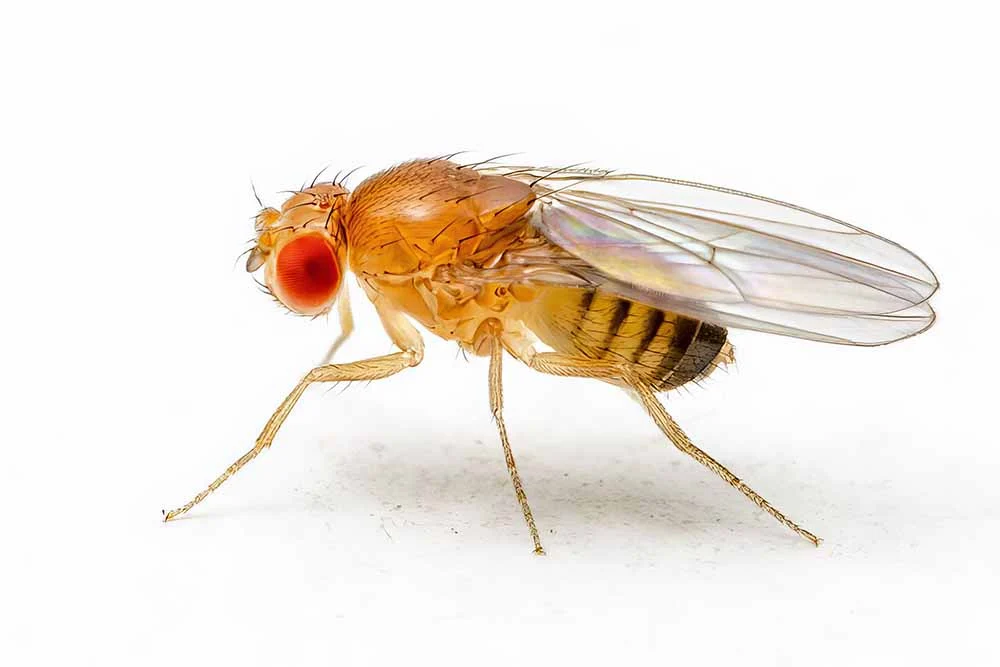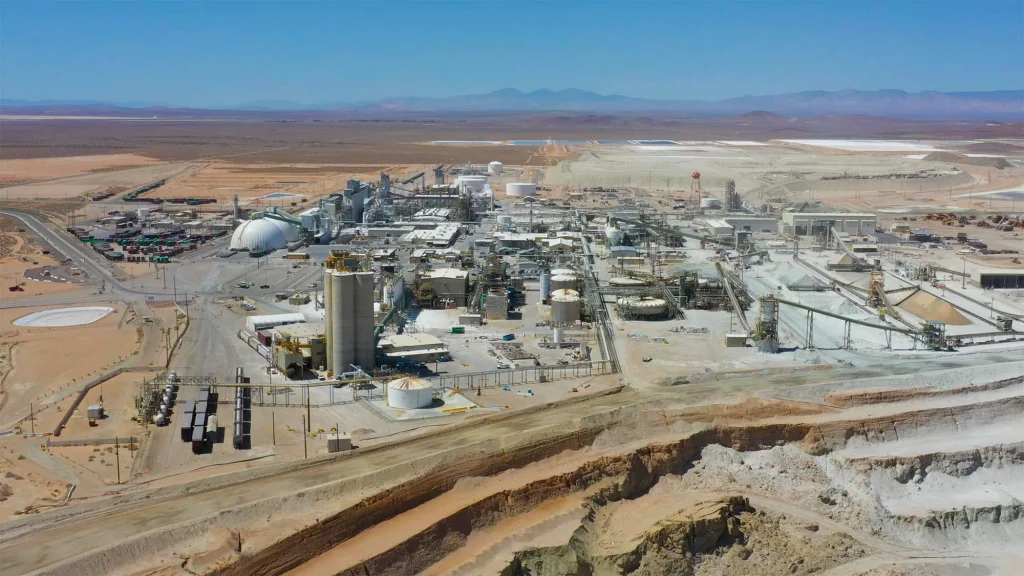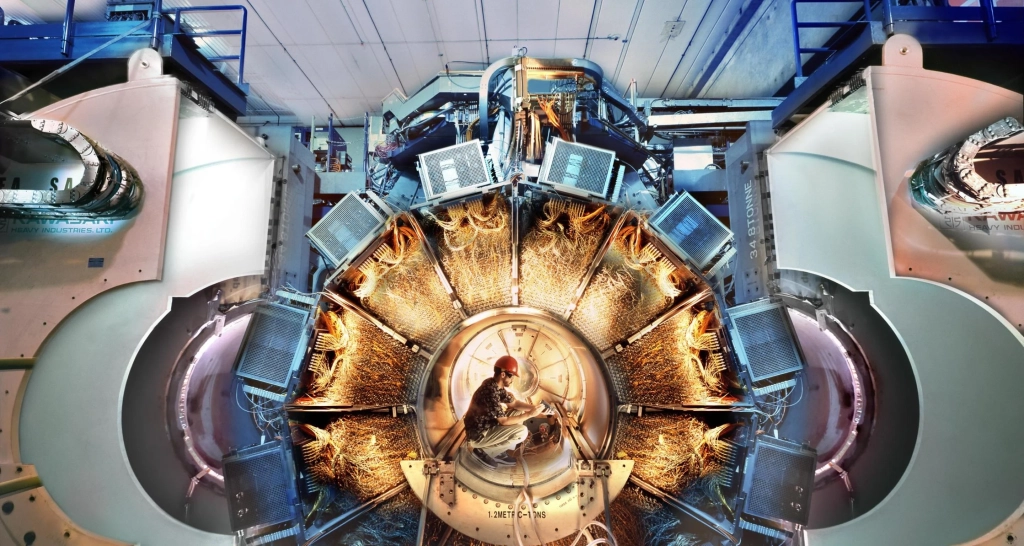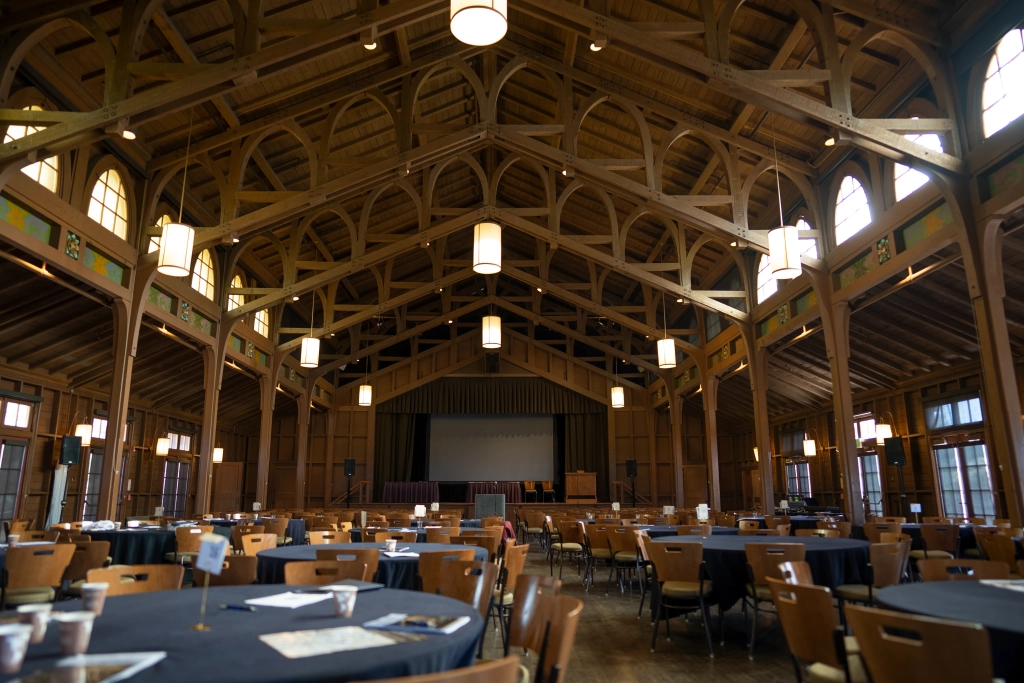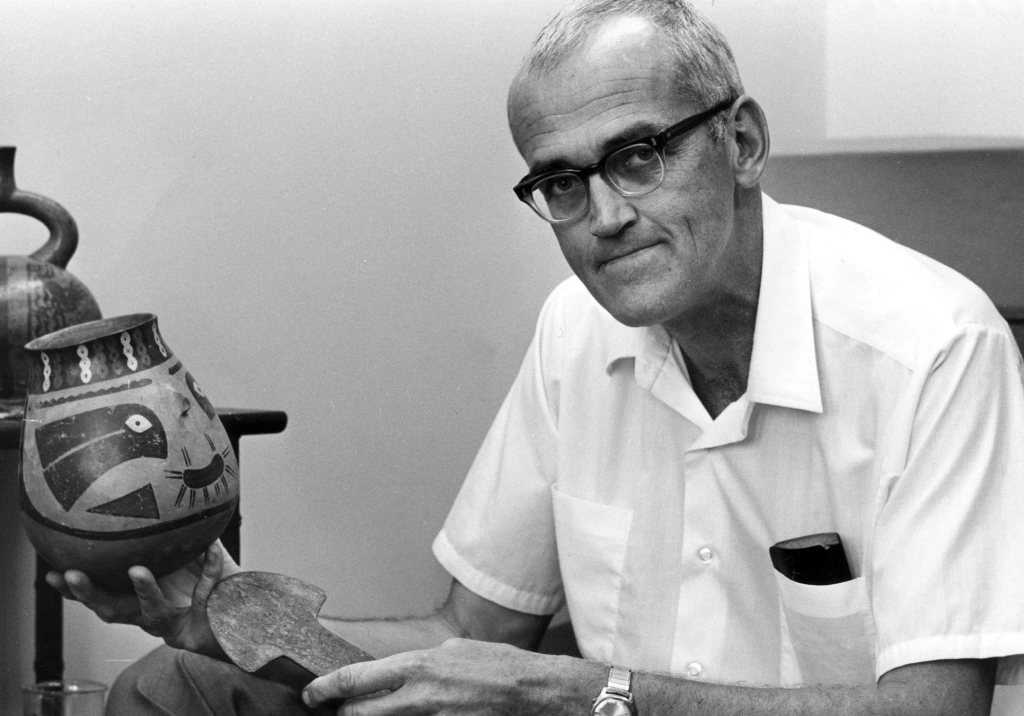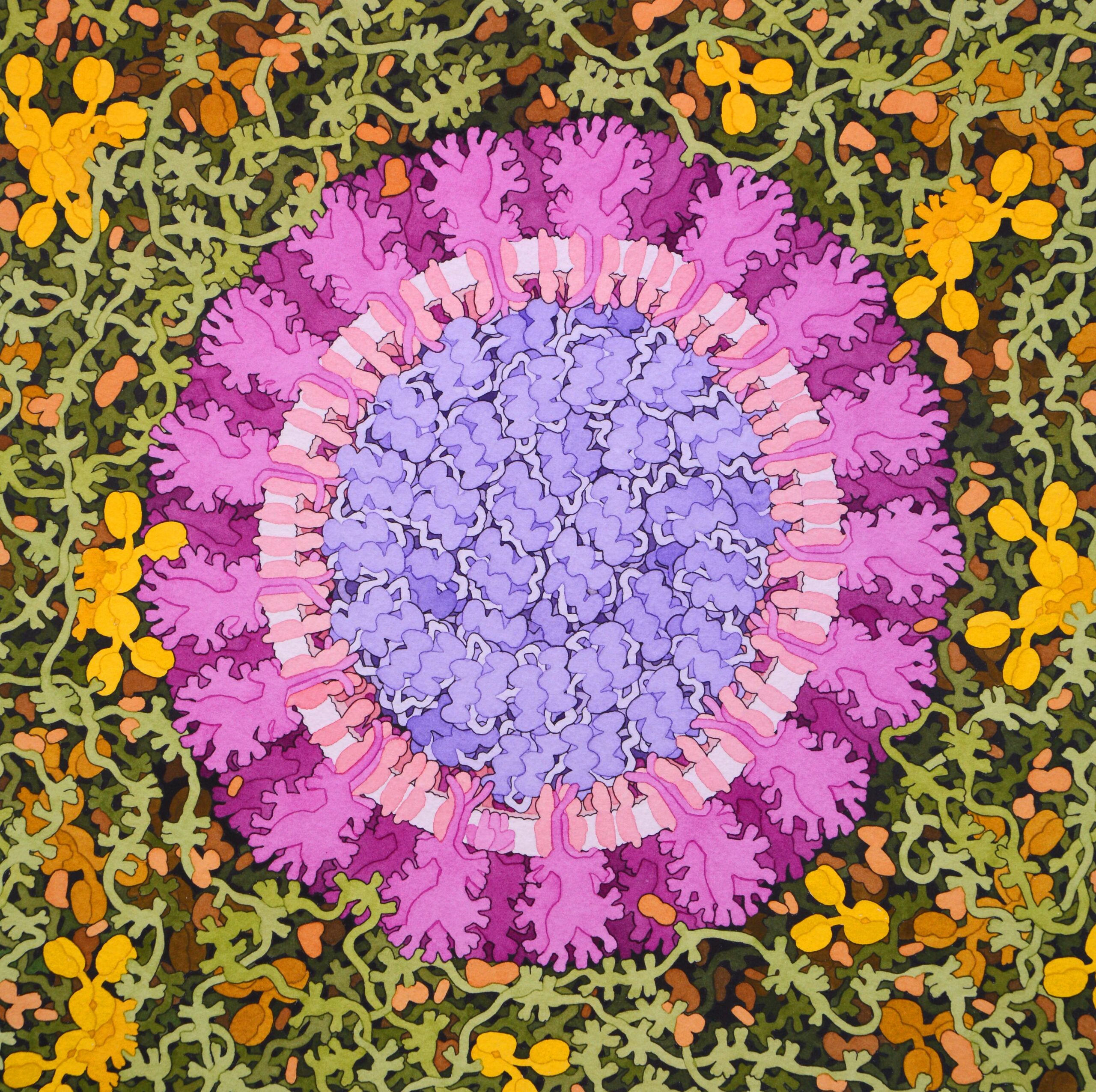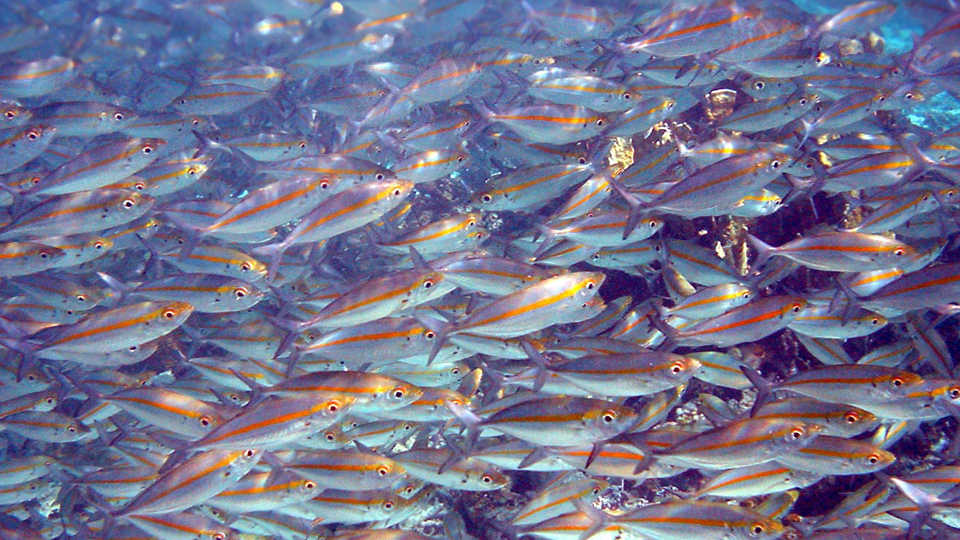Health and Medicine
And much of the work to understand the fruit fly has taken place and is taking place now, right here in California at the Cal Tech fly labs.
Since its inception in 1962, originally as the Stanford Linear Accelerator Center (as it was previously known), it has been on the forefront of scientific discovery in numerous scientific disciplines. It is truly one of the nation’s great scientific institutions, being at the forefront of numerous major discoveries that have deeply impacted – and will impact – the world.
“If a man could go, for instance, to 1,000 feet down and do practical work,” Mr. Keller wrote in The Sydney Morning Herald, “then all the continental shelf zone could be explored, a total of more than 16 million square miles.”
The Asilomar Conference reached a consensus that with proper containment measures, most rDNA experiments could be conducted safely. This resulted in a set of guidelines that differentiated experiments based on their potential biohazards and suggested appropriate containment measures.
At Caltech, Clair Patterson’s relentless determination to understand the health impacts of atmospheric lead changed the world for the better.
California companies lead the effort to save the world with microbes, California connection: meet 2018 Nobel Prize winner in chemistry Frances Arnold, Carnegie Observatories and the GMT, Questioning “Disaster tourism” in California, Feeling the Force in Anaheim and more

